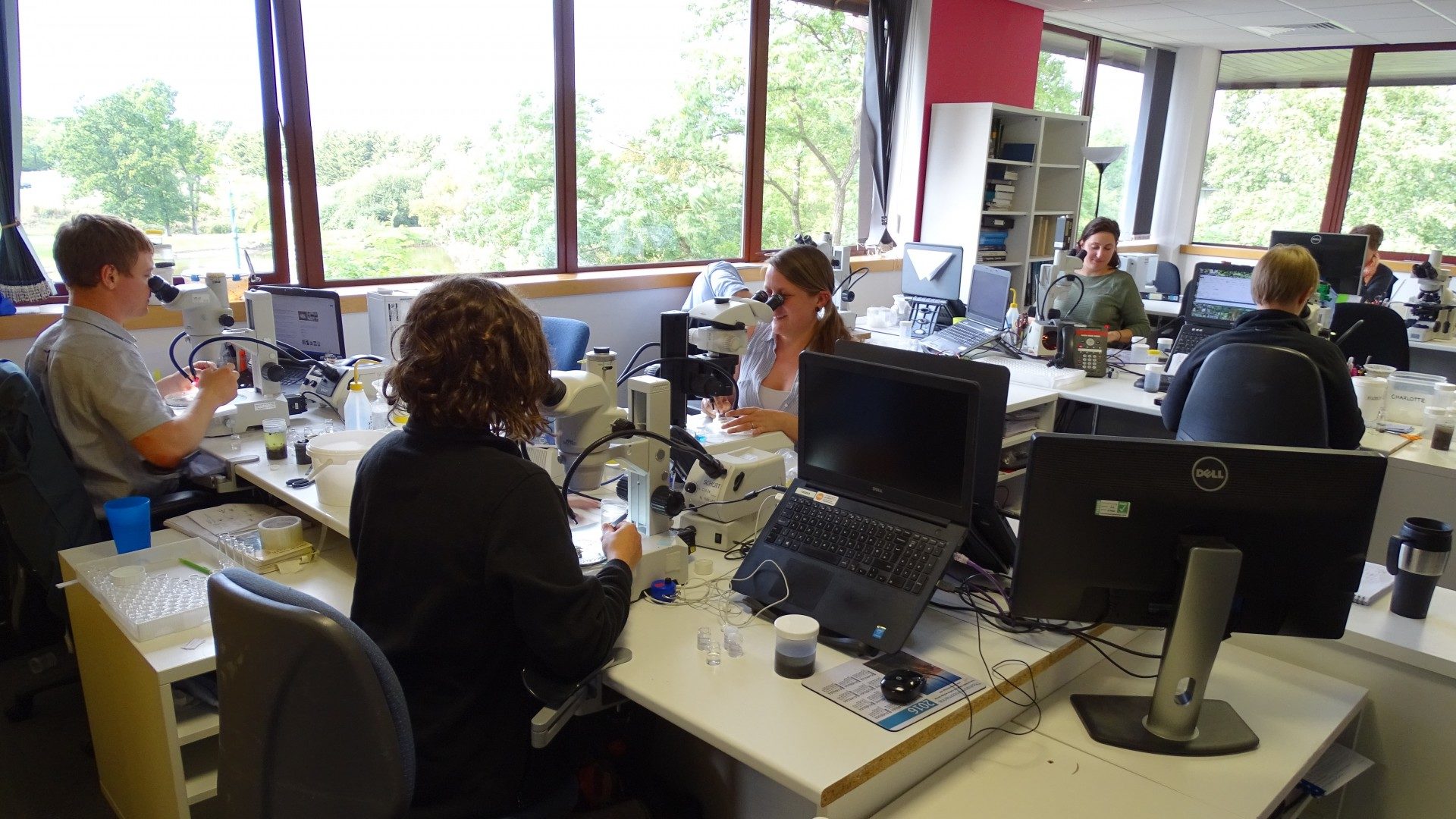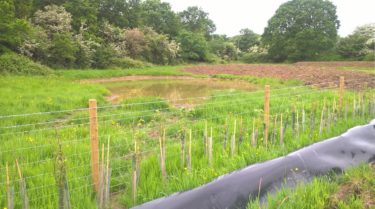We carry out laboratory analysis across a variety of projects.
Environmental DNA analysis (eDNA)
Environmental DNA (eDNA) is a newly approved* tool for verifying the presence or absence of great crested newts. Using an eDNA collection and confirmation approach requires only one visit to each pond.
Survey collection of eDNA data involves taking samples of the environment for residual DNA. Knowledge of appropriate test sampling locations is essential to support a robust outcome of verifying the presence or potential absence of great crested newts.
New applications for other species are anticipated in the near future.
*Natural England has confirmed that the technique is acceptable for great crested newt surveys.
Other application of DNA analysis
DNA analysis of plant and animal material can also be undertaken. The technique can be useful for confirming species identification from droppings and hairs of, for example, bats and other small mammals.
Soil assessment
Soil assessment may be required as part of a habitat creation scheme. We undertake soil invertebrate sample analysis, including biomass, as well as physical and chemical tests, soil type, pH, organic matter, soil moisture content, nutrient status and Particle Size Analysis (PSA).
Terrestrial invertebrates
Rapid and accurate identification of terrestrial invertebrates is essential to ensure that sites with high quality faunas can be rapidly assessed for invertebrate communities and priority species. Such assessments are increasingly required for Ecological Impact Assessments, especially on brownfield sites.
















